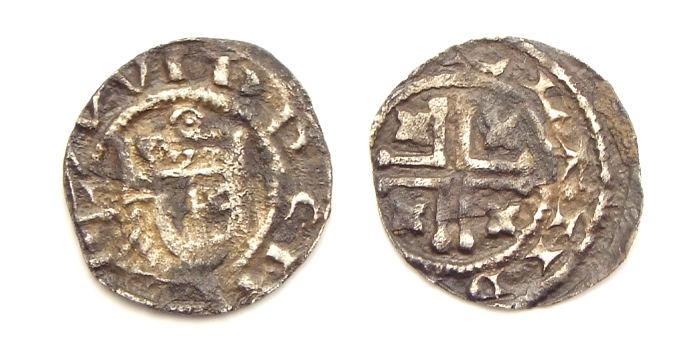Reign 1203 – 4 February 1222 Father Floris III | Successor Floris IV Name William Count | |
 | ||
Issue Floris IVOtto, Bishop of UtrechtWilliamAda, Abbess at RijnsburgRichardis Children Floris IV, Count of Holland Parents Ada of Huntingdon, Floris III, Count of Holland Grandchildren Adelaide of Holland, William II of Holland, Floris de Voogd, Margaret of Holland, Countess of Henneberg Similar People Floris IV - Count of Holland, William II of Holland, Henry I - Duke of Brabant, Otto IV - Holy Roman E | ||
William I (c. 1167, The Hague – 4 February 1222), Count of Holland from 1203 to 1222. He was the younger son of Floris III and Ada of Huntingdon.
Contents
Life
William was raised in Scotland. He started a revolt against his brother, Dirk VII and became count in Friesland after a reconciliation. Friesland was considered as a part of Holland by the Counts of Holland. His niece, Ada, Countess of Holland inherited Holland in 1203, but William couldn't accept this. After a war of succession, known as the Loon War (1203–1206), William won the county. Ada and her husband, Louis II, were supported by the bishop of Liège and bishop of Utrecht, and the count of Flanders. William was supported by the duke of Brabant and by the majority of the Hollanders.
Emperor Otto IV acknowledged him as count of Holland in 1203, because he was a supporter of the Welfs. He and many others changed allegiance to emperor Frederick II after the battle of Bouvines in 1214. He took part in a French expedition against king John of England. The pope excommunicated him for this.
Possibly because of this, William then became a fervent crusader. He campaigned in Prussia and joined in the conquest of Alcácer do Sal. In Europe, he came to be called William the Crazy for his chivalric and reckless behaviour in battle. William conquered the city of Damietta during the Fifth Crusade.
Evolution of the county
There were great changes in the landscape of Holland in the end of the 12th and during the 13th century. Many colonists bought land to turn the swamps into polders. Most of the swamps had been sold, and irrigation had started during the reign of William. Huge infrastructural works were done; the island called Grote Waard was enclosed with dikes all around and a dam was built at Spaarndam. New governmental bodies were created, the so-called water boards, which were charged with the task of protecting the polders against ever-present threat of flooding. Count William granted city rights to Geertruidenberg in 1213, to Dordrecht in 1217, to Middelburg in 1220 and perhaps also to Leiden. In this way he gave an impulse to trade.
Family
Count William was married twice. First, he was married in 1197 at Stavoren to Adelaide of Guelders, daughter of Otto I, Count of Guelders and Richarde of Bavaria. They had the following children:
- Floris IV, Count of Holland (24 June 1210 The Hague–19 July 1234, Corbie, France).
- Otto (d. 1249), Regent of Holland in 1238–1239, Bishop of Utrecht.
- William (d. 1238), Regent of Holland in 1234–1238.
- Richardis (d. 1262).
- Ada (d. 1258), Abbess at Rijnsburg 1239.
Adelaide died on 12 February 1218 while William was away on crusade. In 1220 Count William remarried with Marie of Brabant, second wife of Emperor Otto IV, daughter of Henry I, Duke of Brabant and Maud of Boulogne and Alsace, while soon after his death in 1222 his son Floris married Mathilde of Brabant, her ten year younger sister.
